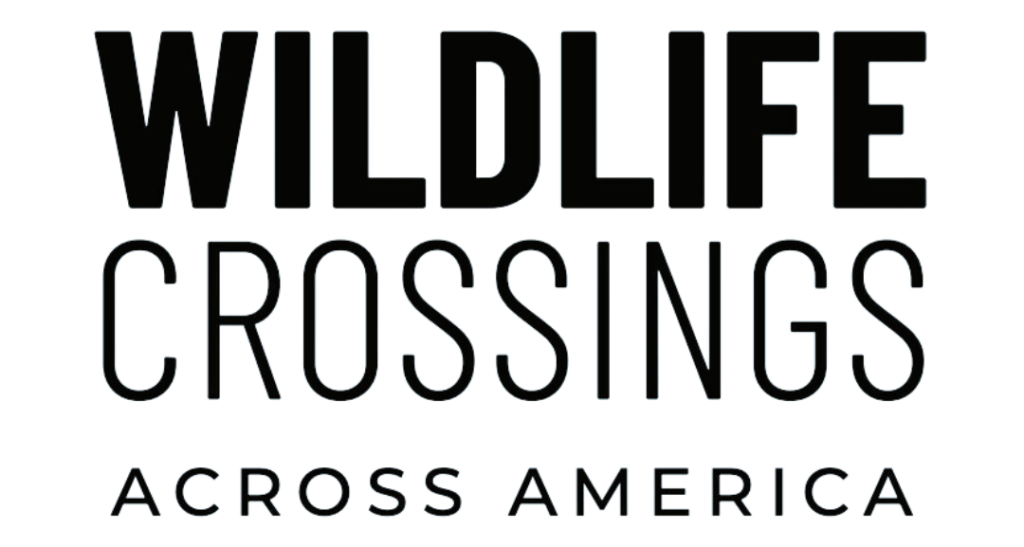
Laguna Atascosa National Wildlife Refuge Ocelots Crossin
September 19, 2023
22688 Buena Vista Blvd, Los Fresnos, TX 78566
The ocelot is now endangered in the U.S., but it once thrived from South Texas to South America, hiding in the deep grasslands and thornforest. Now, just 1% of the ocelots’ optimal habitat remains in South Texas, most of which is fragmented and separated by high-speed highways.
As a result, accidental vehicle collisions have been an unrelenting threat to ocelots. In the past 20 years, most documented ocelot deaths occurred on Texas roadways. Between 2015-2016, eight ocelots were killed by vehicles over a span of just 11 months. With only 60 to 80 ocelots left in Texas, these losses are both substantial and unsustainable.
The surge of road-killed ocelots over that difficult year, however, prompted fast action and change. Led by Texas Department of Transportation and the U.S. Fish and Wildlife Service, the state has constructed more than 27 wildlife crossings, many built in ocelot-occupied areas. When developing these crossings, the state considered ocelot behavior – they are shy, so the crossings either provide a high level of shelter or were built underground.
Wildlife crossings work and have reduced the number of ocelots killed on roads substantially in South Texas. My organization, Defenders of Wildlife, works with leaders at the federal, state, and local levels to advocate for more wildlife crossings, including a provision of $350 million in the Infrastructure Investment and Jobs Act of 2021, to help improve the options for animals crossing busy roads. Wildlife crossings also help other resident species such as bobcats, armadillos, javelinas, and alligators, and also keep the roads clear for driver safety.
